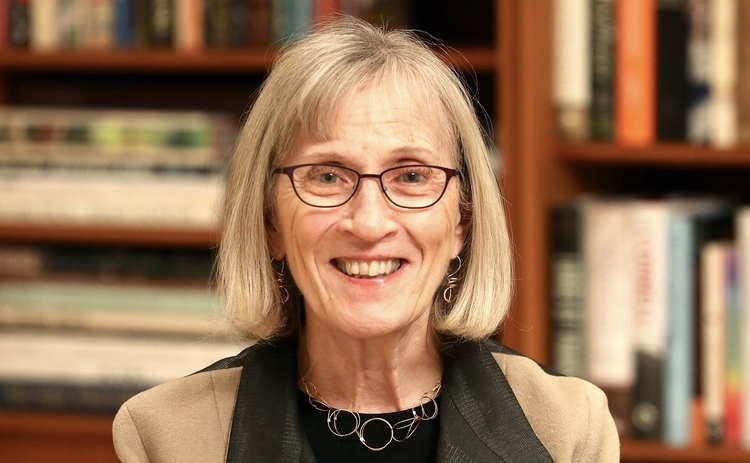This year, the Nobel Economics Prize has been awarded to Claudia Goldin, a professor at Harvard University for having advanced the understanding of women’s labor market outcomes. She is the third woman to have received the most prestigious award globally. The US professor has been awarded for her research into the factors that explain pay gaps between men and women, which have wider meaning, not just for the policymakers across the globe, but also have significant ramifications for women across the world, who despite all developments, are still fighting for equal economic, social and political rights.
There is little denying the fact that over the past century, the proportion of women in paid work in a number of high-income countries, has tripled. This marks one of the biggest societal and economic changes in the labour market in modern times, but at the same time, significant gender differences remain across the globe. Women are vastly underrepresented in the global labour market and when they work, they earn less than men.
In the meantime, a number of researchers came into this domain, trying to throw more light on the pay gap, so that concrete efforts could be taken to bridge it, however, a comprehensive approach was missing. It was first in the 1980s that a researcher- Claudia Goldin adopted a comprehensive approach to explain the source of these differences. The concerned Nobel Committee has accepted that her research has given us new and often surprising insights into women’s historical and contemporary roles in the labour market.
Goldin has trawled the archives and collected over 200 years of data from the US, allowing her to demonstrate how and why gender differences in earnings and employment rates have changed over time. Goldin has shown that female participation in the labour market did not have an upward trend over this entire period but instead formed a U-shaped curve.
According to the study conducted here, the participation of married women decreased with the transition from an agrarian to an industrial society in the early nineteenth century but then started to increase with the growth of the service sector in the early twentieth century. Goldin has explained this pattern as the result of structural change and evolving social norms regarding women’s responsibilities for home and family.
Her research reveals the causes of change, as well as the main sources of the remaining gender gap. Goldin has also uncovered key drivers of gender differences in the labour market, which experts say, may help the governments to formulate policies to help women enjoy the same economic rights as their male counterparts may have.
Goldin has provided the first comprehensive account of women’s earnings and labour market participation through the centuries, which gives out enlightening insights into the processes involved in determining wages, job opportunities and other related things. Her research reveals the causes of change, as well as the main sources of the remaining gender gap.
During the twentieth century, women’s education levels continuously increased, and in most high-income countries they are now substantially higher than for men. Goldin has demonstrated that access to the contraceptive pill played an important role in accelerating this revolutionary change by offering new opportunities for career planning.
Despite modernisation, economic growth and rising proportions of employed women in the twentieth century, for a long period of time the earnings gap between women and men hardly closed. According to Goldin, part of the explanation is that educational decisions, which impact a lifetime of career opportunities, are made at a relatively young age. If the expectations of young women are formed by the experiences of previous generations- for instance, their mothers, who did not go back to work until the children had grown up – then development will be slow.
Historically, much of the gender gap in earnings could be explained by differences in education and occupational choices. However, Goldin has shown that the bulk of this earnings difference is now between men and women in the same occupation and that it largely arises with the birth of the first child.
“Understanding women’s role in the labour is important for society. Thanks to Claudia Goldin’s groundbreaking research we now know much more about the underlying factors and which barriers may need to be addressed in the future,” says Jakob Svensson, Chair of the Committee for the Prize in Economic Sciences.














